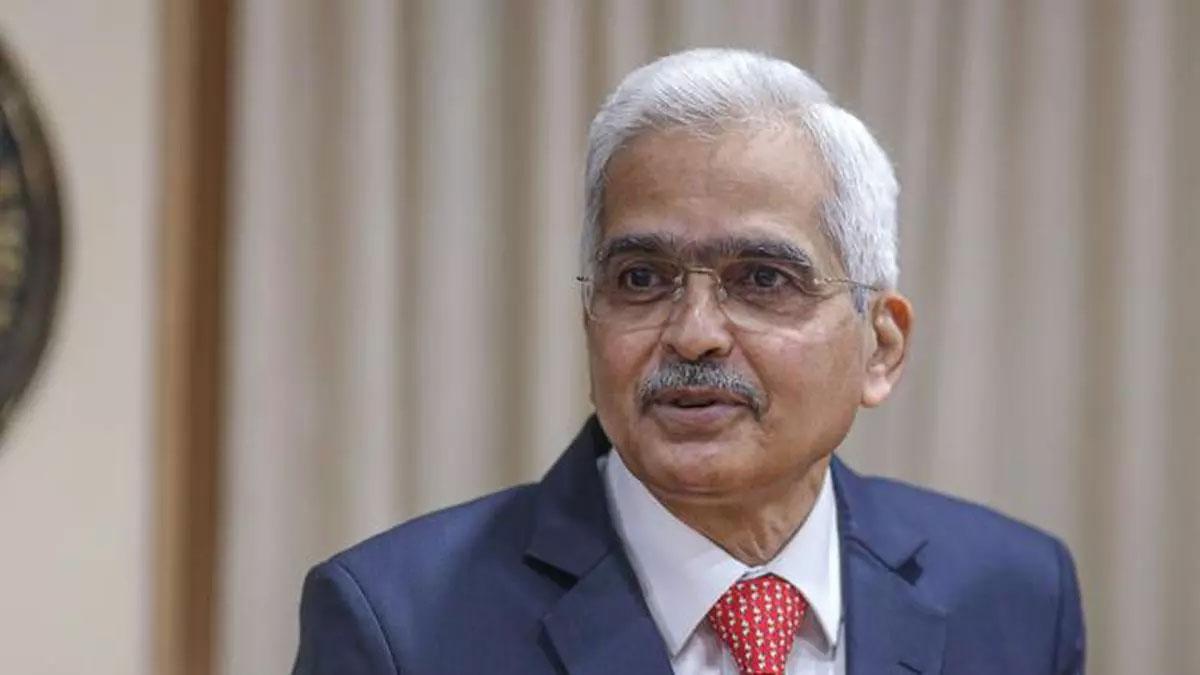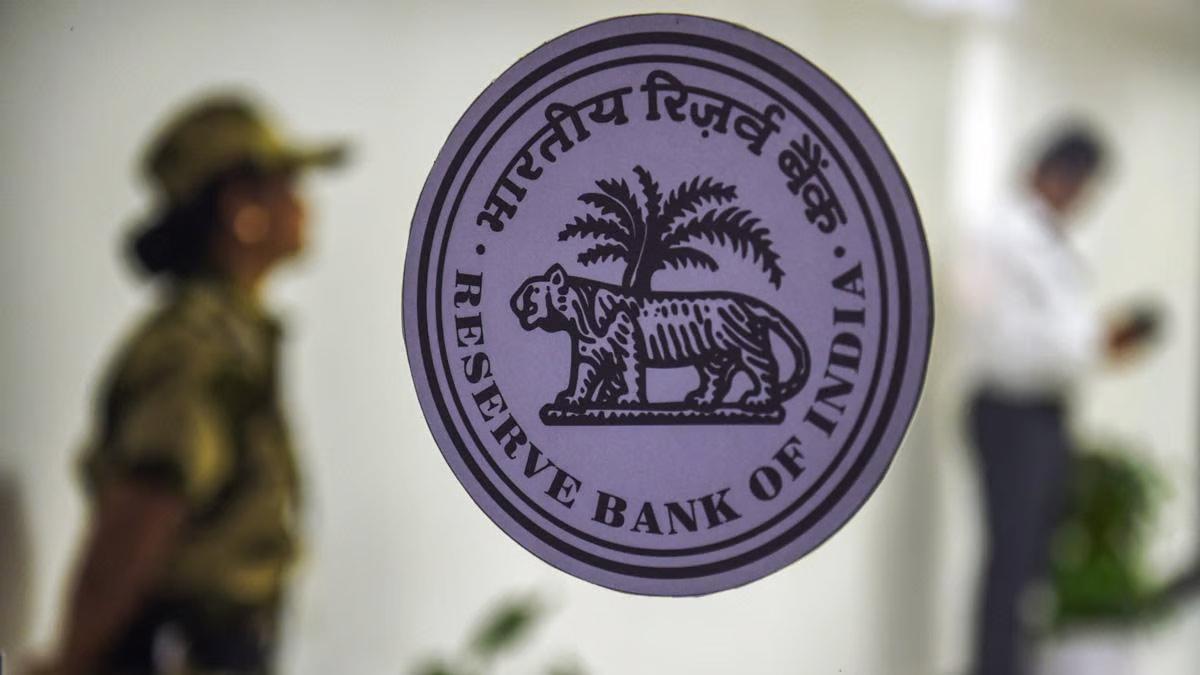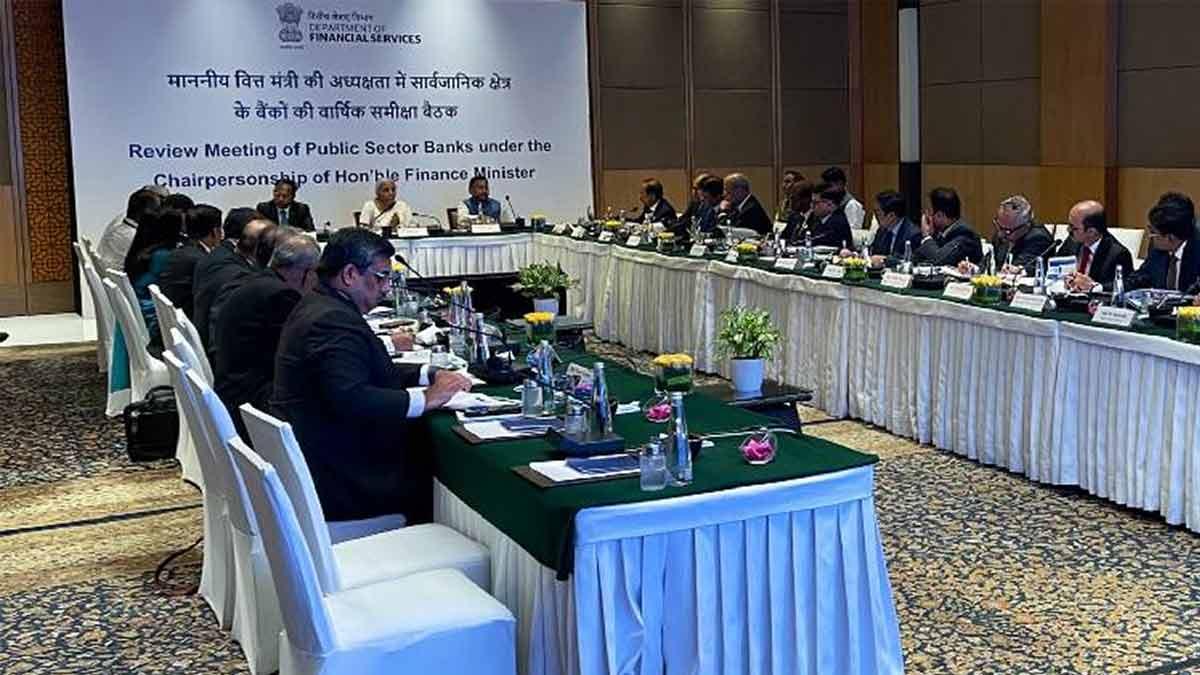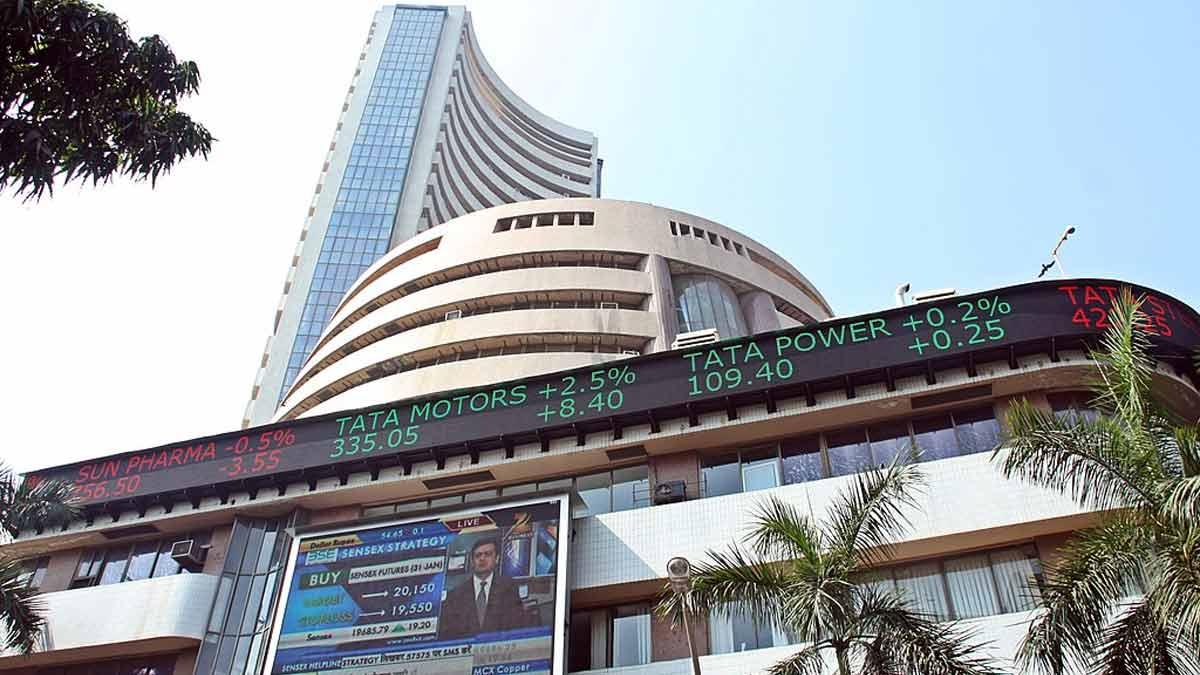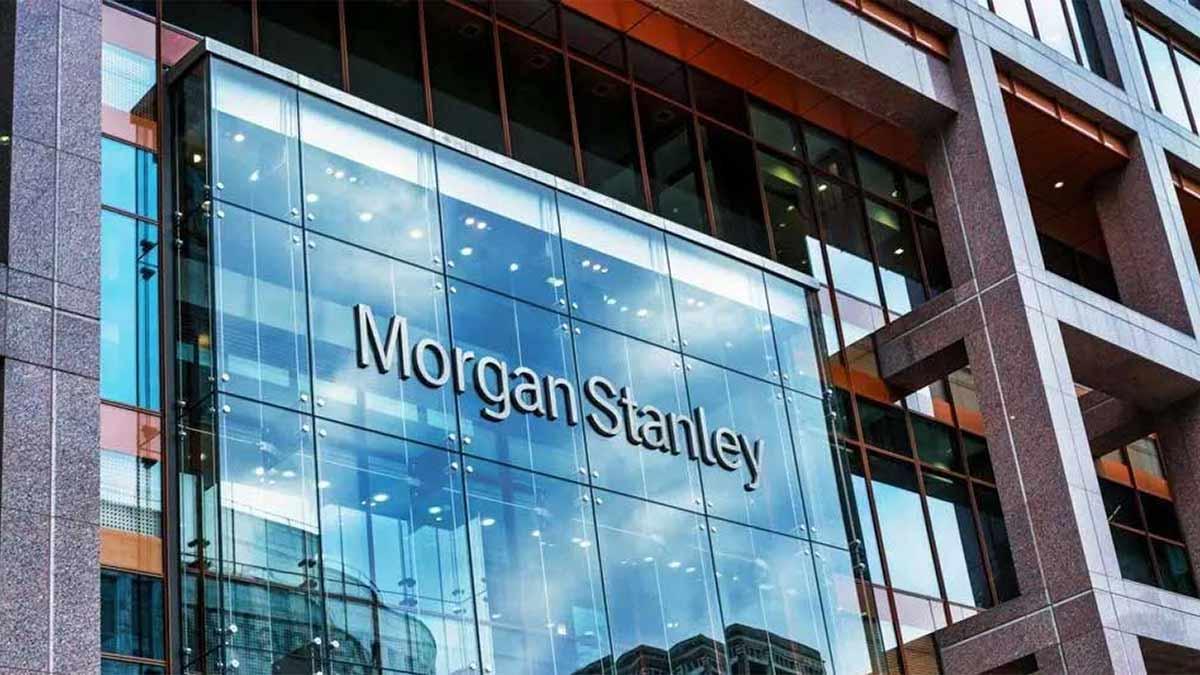In an exclusive interview with NDTV on Tuesday, Reserve Bank of India (RBI) Governor Shaktikanta Das emphasized that any decision to lower the key policy repo rate would hinge on maintaining inflation control. Despite the drop in food and vegetable prices in July, this alone wasn’t sufficient to justify a rate cut, Das explained.
“Any reduction in the policy rate will also be influenced by future data, with inflation being the predominant factor,” Das told NDTV Editor-in-Chief Sanjay Pugalia.
The RBI Governor highlighted that the goal is to achieve a sustainable inflation rate close to 4 percent. “We seek a durable alignment of inflation to target, meaning around 4 percent. We need assurance that inflation will remain near this level. Patience is required as we still need to make more progress,” he added.
Das indicated that the potential negative impact on economic growth from maintaining the current policy rate is minimal. “Growth sacrifice is minimal, almost negligible. We are still growing at 7.2 percent, the fastest in the world. Growth remains robust and resilient, but our focus is on reducing inflation,” he noted.
He further remarked that high food prices would make any rate cut seem implausible to the public. “It is crucial to consider inflation when making major decisions. Whether to lower the policy rate will depend on future data. Currently, we are confident that inflation is trending downwards, and we hope it will stabilize around 4 percent. Presently, we observe it at 4.5 percent,” Das said.
Das also refuted claims that the RBI had anticipated inflation dropping below 4 percent. “We never projected inflation would fall below 4 percent, as evidenced by the details of the MPC meetings,” he clarified, referring to the Monetary Policy Committee responsible for setting India’s policy rate.
On August 8, the RBI decided to keep the key policy repo rate unchanged at 6.5 percent for the ninth consecutive meeting. This decision reflects the bank's ongoing effort to balance economic growth with inflation control.
Das revealed that the Monetary Policy Committee had voted 4:2 to maintain the repo rate, citing that inflation had exceeded 5 percent, remaining above the target of 4 percent.
The last adjustment to the repo rate occurred in February 2023, when it was increased to 6.5 percent. Following a series of rate hikes totaling 2.5 percent between May 2022 and February 2023, the RBI has held rates steady to bolster economic growth amid persistent inflationary pressures.
The repo rate, which is the interest rate at which the RBI provides short-term loans to banks, influences the cost of borrowing for businesses and consumers. Lower interest rates can boost investment and consumption, stimulating economic growth. However, increased spending can also elevate inflation as aggregate demand for goods and services rises.
Read also | RBI Reports Export Sector's Revival as Key Driver of India's Growth
Read also | Sensex Rises as TCS and Wipro Drive Gains

